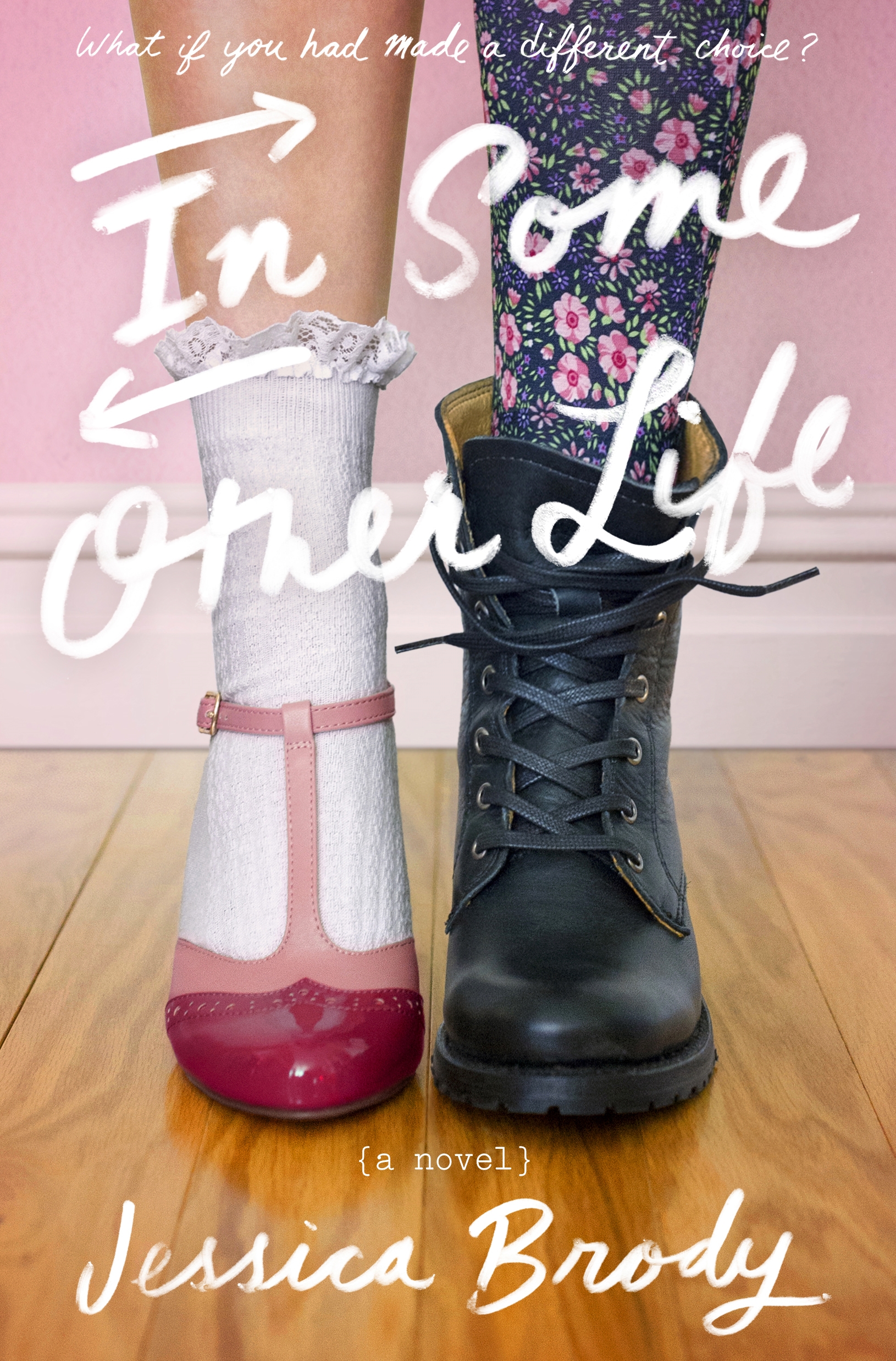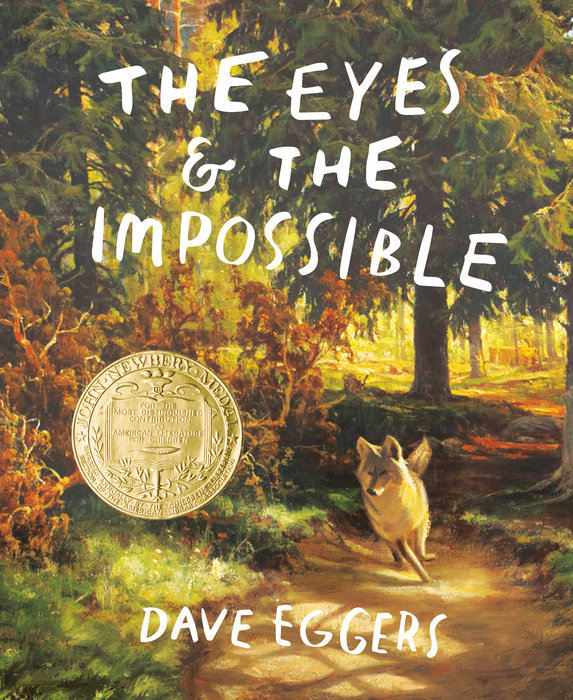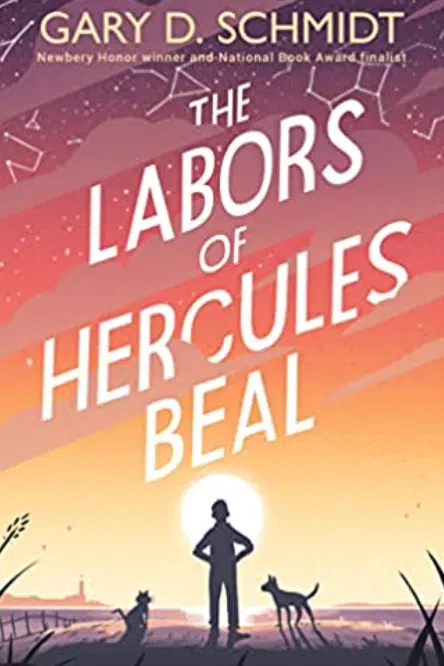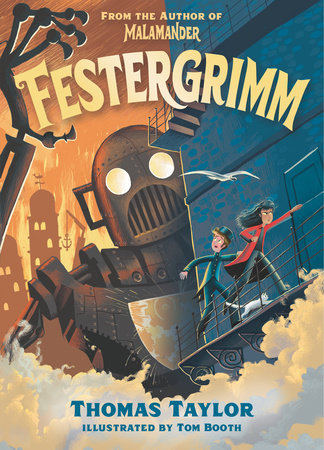Books read in May: 12
As a reminder, you can see every book I am currently reading on both the Goodreads sidebar on this blog as well as on my Goodreads profile.
Reading Stats:
*The categories do not cross (i.e., rereads will not count in their respective genres)
Non-fiction: 1
Adult fantasy/sci-fi: 2
Adult fiction: 3
Children’s: 0
Rereads: 0
Middle Grade: 3
Young Adult: 3
Publisher Copies: 0
Favorites:



 The Vanderbeekers Ever After is the last Vanderbeekers book, and it is a good one. Finally, after all my griping about the chaotic, uneven nature of most of these books, this one delivers when it really needs to, closing the series in a really satisfying way.
The Vanderbeekers Ever After is the last Vanderbeekers book, and it is a good one. Finally, after all my griping about the chaotic, uneven nature of most of these books, this one delivers when it really needs to, closing the series in a really satisfying way. House of Roots and Ruin is the sequel to
House of Roots and Ruin is the sequel to 

 I often rate books on Goodreads and then, later, last-second change the rating as I type the review. I suppose there’s something about thinking through a book that makes me change my mind. Sometimes the rating is higher, but more often than not I change it to a lower rating.
I often rate books on Goodreads and then, later, last-second change the rating as I type the review. I suppose there’s something about thinking through a book that makes me change my mind. Sometimes the rating is higher, but more often than not I change it to a lower rating. In Some Other Life, though fairly predictable and pretty unsubtle in its themes, is still a really interesting and engaging novel about a high school senior who gets to experience the other side of a “What if…?” The main character, Kennedy, wonders what would happen if she had made a different choice of high schools…cue fall down the stairs, cue waking up in a parallel universe.
In Some Other Life, though fairly predictable and pretty unsubtle in its themes, is still a really interesting and engaging novel about a high school senior who gets to experience the other side of a “What if…?” The main character, Kennedy, wonders what would happen if she had made a different choice of high schools…cue fall down the stairs, cue waking up in a parallel universe. It’s hard to do a dual-timeline story well. Inevitably some part of the story seems irrelevant or unnecessary or simply weaker than others. Erin Bartels manages a fairly successful dual plot in this novel, though at times there are certainly chapters that are clearly characters trying to get from Point A to Point B, and tells a solid, heartwarming story about female accomplishment in two separate time periods in the process.
It’s hard to do a dual-timeline story well. Inevitably some part of the story seems irrelevant or unnecessary or simply weaker than others. Erin Bartels manages a fairly successful dual plot in this novel, though at times there are certainly chapters that are clearly characters trying to get from Point A to Point B, and tells a solid, heartwarming story about female accomplishment in two separate time periods in the process.

 The Goblin’s Puzzle is an interesting MG novel: shades of those absurdist/satirical-lite stories that seem a little self-indulgent, but manage to be at least marginally entertaining. It’s not at all what I was expecting, and because of that, I think I viewed this novel more unfavorably. I also had a very hard time focusing while reading it, so maybe that contributed as well.
The Goblin’s Puzzle is an interesting MG novel: shades of those absurdist/satirical-lite stories that seem a little self-indulgent, but manage to be at least marginally entertaining. It’s not at all what I was expecting, and because of that, I think I viewed this novel more unfavorably. I also had a very hard time focusing while reading it, so maybe that contributed as well. Festergrimm continues the delightfully creepy tale started in Thomas Taylor’s
Festergrimm continues the delightfully creepy tale started in Thomas Taylor’s